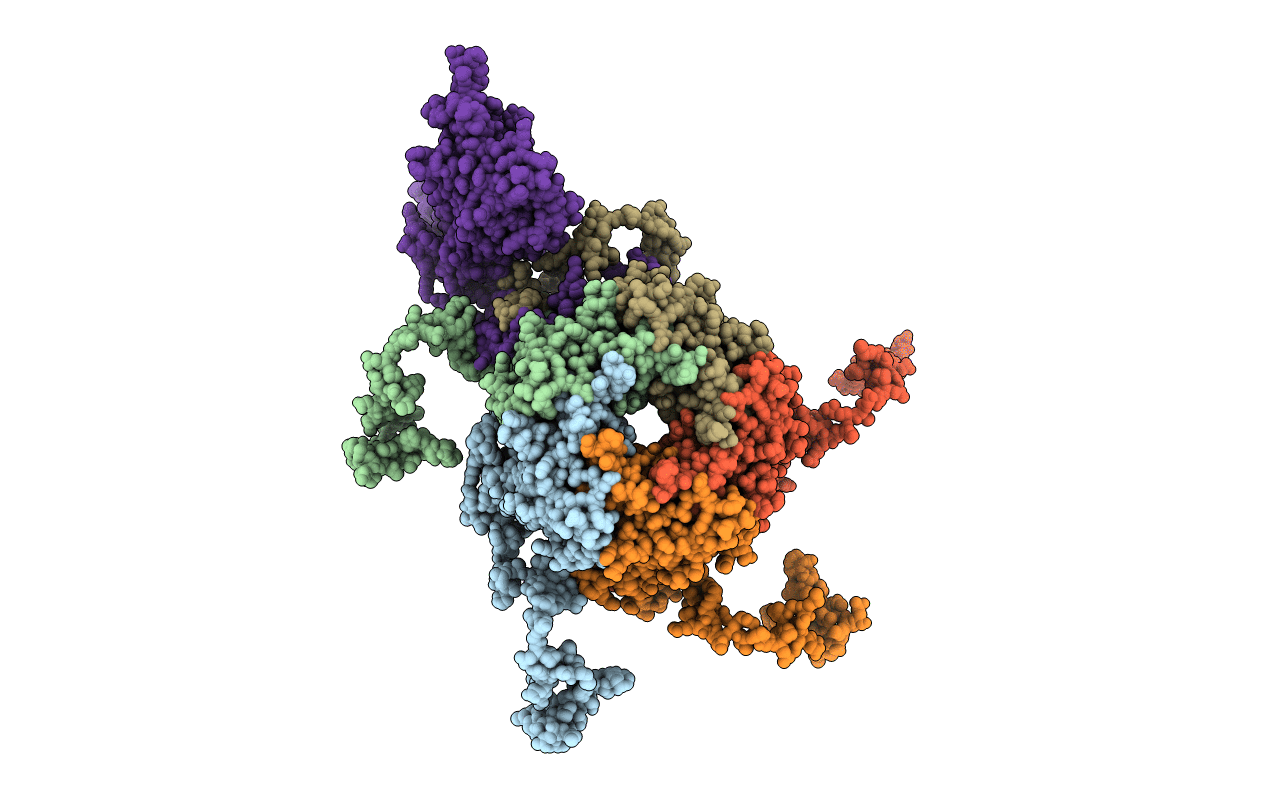
Deposition Date
1995-11-27
Release Date
1996-06-10
Last Version Date
2024-02-14
Method Details:
Experimental Method:
Resolution:
3.10 Å
R-Value Free:
0.26
R-Value Work:
0.25
R-Value Observed:
0.25
Space Group:
I 2 3


